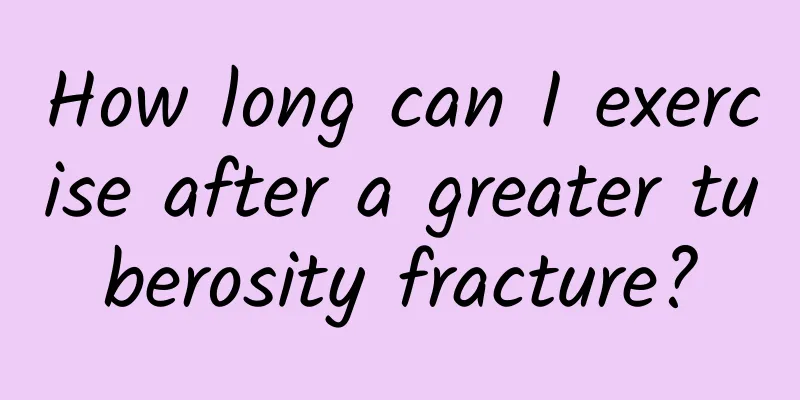How to treat bone spurs

|
Bone spurs, a word that sounds a bit scary, is actually a natural part of our body's aging. Bone spurs, medically known as osteophytes, are the result of bone edge hyperplasia due to bone joint degeneration or overuse. Many people may ask, how to treat bone spurs? The good news is that bone spurs do not always require surgery, and many times we can relieve symptoms through some conservative methods. Maintaining a healthy lifestyle is key. Being overweight can increase the burden on joints and worsen bone spur symptoms. Moderate weight loss can effectively reduce joint pressure. In terms of diet, consuming more foods rich in calcium and vitamin D, such as milk, soy products, and green leafy vegetables, can help maintain bone health. Moderate exercise, such as swimming, cycling and other low-impact sports, can strengthen muscles, support joints, and relieve pain. Physical therapy is also a common nonsurgical treatment. A professional physical therapist can help relieve the pain and discomfort caused by bone spurs through massage, hot or cold compresses, ultrasound, etc. Physical therapy can not only improve symptoms, but also improve joint flexibility and function. Medication is also an important part of managing bone spur symptoms. Nonsteroidal anti-inflammatory drugs (NSAIDs) such as ibuprofen can effectively reduce inflammation and pain. Using these drugs under the guidance of a doctor can help us better cope with the troubles caused by bone spurs. Of course, if the pain caused by bone spurs is so severe that it affects your quality of life, surgery may be the final option. Surgery is usually used to remove the proliferating bone spurs and relieve pressure on nerves or other tissues. However, the risks and recovery time of surgery need to be carefully weighed, so it is usually used as a last resort. No matter which treatment method you choose, understanding your physical condition, actively communicating with your doctor, and choosing a treatment plan that suits you are the best strategies for dealing with bone spurs. Through scientific management and a correct lifestyle, we can effectively control the discomfort caused by bone spurs and make life full of vitality again. I hope this article can provide you with some practical suggestions and inspiration. |
<<: What to do if you have bone spurs on the soles of your feet
>>: How to treat cervical spondylosis
Recommend
How harmful is osteoporosis in women?
Osteoporosis has a serious impact on women's ...
Is it easy to treat a hemangioma on a newborn baby's leg?
Hemangiomas on the legs of newborn babies are gen...
How to treat hallux valgus
Hallux valgus is a common foot deformity, usually...
Does breast cyst surgery require general anesthesia?
Whether general anesthesia is required for breast...
What causes kidney stones in women?
The causes of kidney stones in women mainly inclu...
After two months of moxibustion, the breast nodules disappeared
There is no conclusive scientific evidence that m...
How to treat hepatitis B virus arthritis
How is hepatitis B virus arthritis treated? Hepat...
Can breast cysts be cured with minimally invasive surgery?
Breast cysts can be treated effectively with mini...
What to do if lumbar disc herniation compresses the nerves
What should I do if lumbar disc herniation compre...
What should I pay attention to in my diet after breast cyst surgery?
The diet after breast cyst surgery should be ligh...
Is breast cystic nodule surgery minimally invasive?
Most surgeries for cystic breast nodules are mini...
How to care after clavicle fracture surgery
After clavicle fracture surgery, the key to care ...
Can I exercise after hydronephrosis surgery?
Moderate exercise is allowed after hydronephrosis...
Can hemorrhoids cause perianal inflammation?
Hemorrhoids may cause perianal inflammation. When...
Can breast cysts be cured by taking Chinese medicine?
Drinking Chinese medicine can play a certain cond...









